Top Things to Know Before Buying Small Garden Designs
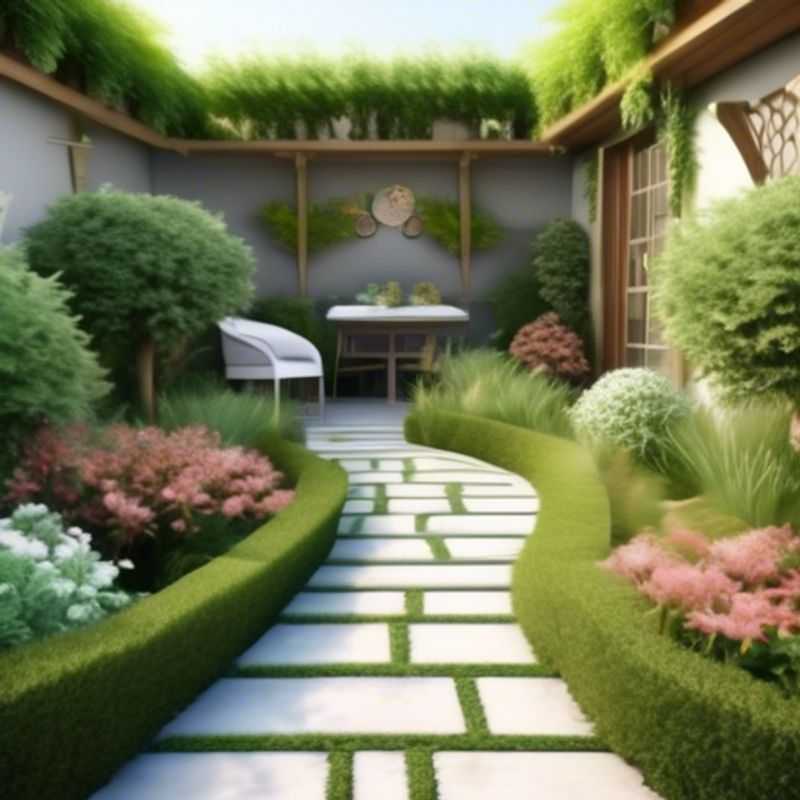
Measure Your Space, Choose a Style, Consider Sunlight, Embrace Low-Maintenance, Plan for Storage, Add Visual Appeal, Consult an Expert
When considering small garden designs, the first step is to measure the available space in your garden. This will help you determine the appropriate size for your design and ensure that it fits harmoniously within the area.
Next, it's crucial to research different garden styles and choose one that complements your home's architecture. Whether you prefer a modern, rustic, or traditional look, aligning your garden design with your home will create a cohesive aesthetic.
Another important factor is the amount of sunlight your garden receives. Understanding this will guide your selection of plants, ensuring you choose varieties that will thrive in those conditions, whether they prefer full sun, partial shade, or full shade.
To make your gardening experience enjoyable, consider incorporating low-maintenance plants and features. This will significantly reduce the time and effort required for upkeep, allowing you to spend more time enjoying your garden.
Additionally, it’s wise to plan for storage solutions, such as a small shed or storage boxes. This will help keep your gardening tools organized and easily accessible, promoting a tidy and efficient workspace.
To enhance the overall design, think about incorporating elements like pathways, seating areas, or water features. These additions can create a cohesive and visually appealing space, inviting you and others to relax and enjoy the beauty of your garden.
Finally, don’t hesitate to consult with a local gardening expert or landscape designer. Their insights can ensure that your small garden design is not only practical but also sustainable, making the most of your space and resources.
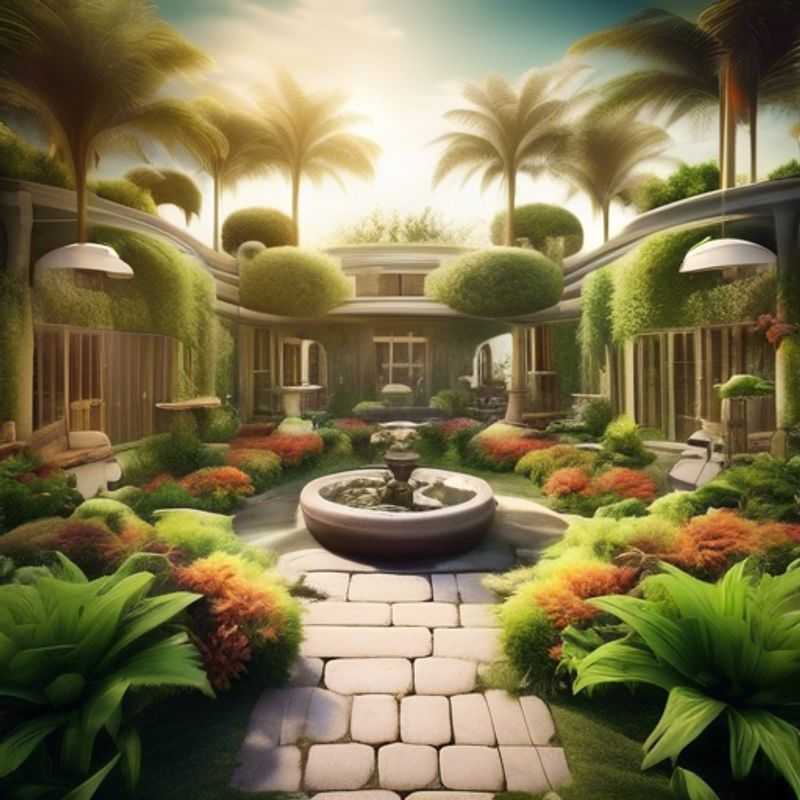
Measure Your Garden Space: A Guide to Finding the Perfect Design Fit
Knowing your garden's dimensions is crucial for designing and building anything within it. Accurately measuring your garden space is the first step towards a successful project. This step ensures your design fits, preventing costly mistakes and wasted materials. Consider the shape of your garden, as it may influence the design.
For a rectangular garden, simply measure the length and width using a measuring tape. Note down these dimensions for future reference. For irregular shapes, you can divide the area into smaller rectangles or triangles, measure each part individually, and then add them up. This method might require a bit more effort, but it will provide you with a more accurate estimate of the available space.
Remember to consider any existing structures or obstacles, like trees, sheds, or fences, while measuring. They might limit the usable space for your project. You can use a simple drawing tool or even a piece of paper to sketch a basic outline of your garden, including all features, to help you visualize your design better.
Once you have a clear picture of your garden's dimensions, you can begin planning the size and placement of your project. Keep in mind that you may need to factor in walkways, pathways, or access points, so ensure that you leave sufficient space for these elements. Accurate measurement is the foundation of a successful garden design, allowing you to maximize your space and create an attractive and functional outdoor living area.
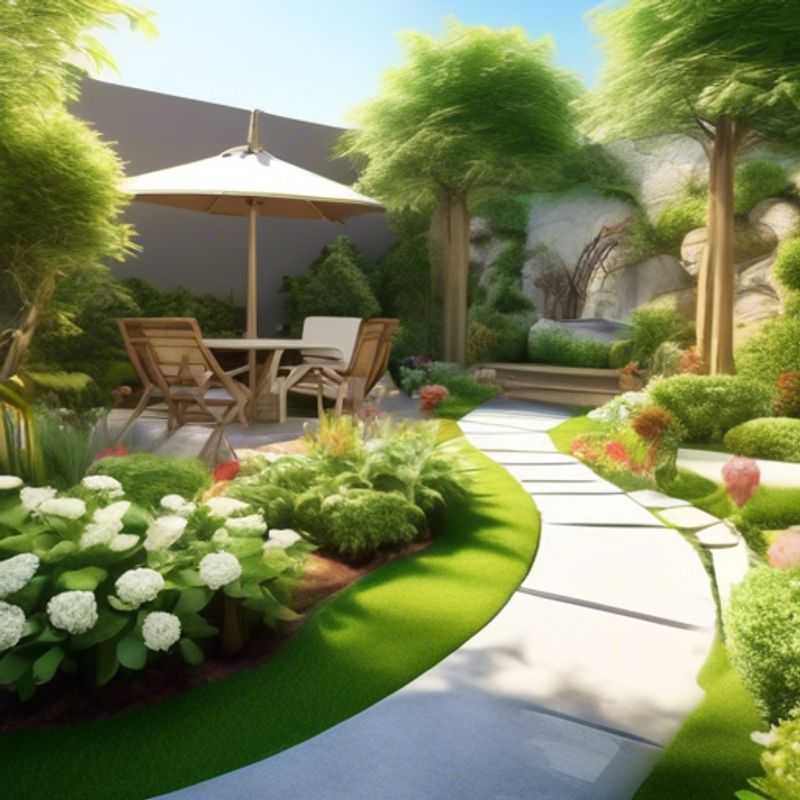
Finding Your Garden's Style: Matching Your Home's Architecture
When designing your garden, it's crucial to choose a style that complements your home's architecture. This creates a cohesive and visually appealing outdoor space. Research different garden styles to find the best fit for your property. Consider factors like your home's age, architectural features, and overall aesthetic.
For example, a modern home might benefit from a minimalist garden with clean lines and geometric shapes. A Victorian home might look best with a romantic garden featuring lush greenery, climbing plants, and ornate details. Remember, the goal is to create a harmonious connection between your home and your garden.
Once you've chosen a garden style, start researching and gathering inspiration from online resources, magazines, and garden books. This will help you visualize your garden and identify specific plants, materials, and features that align with your chosen style. Don't hesitate to seek guidance from a landscape architect or a gardening professional.
Remember to consider your budget. Different garden styles can require varying levels of investment. Some styles might involve using readily available plants and materials, while others might necessitate more specialized features, landscaping techniques, or rare plant varieties. Be realistic about your budget and plan accordingly.
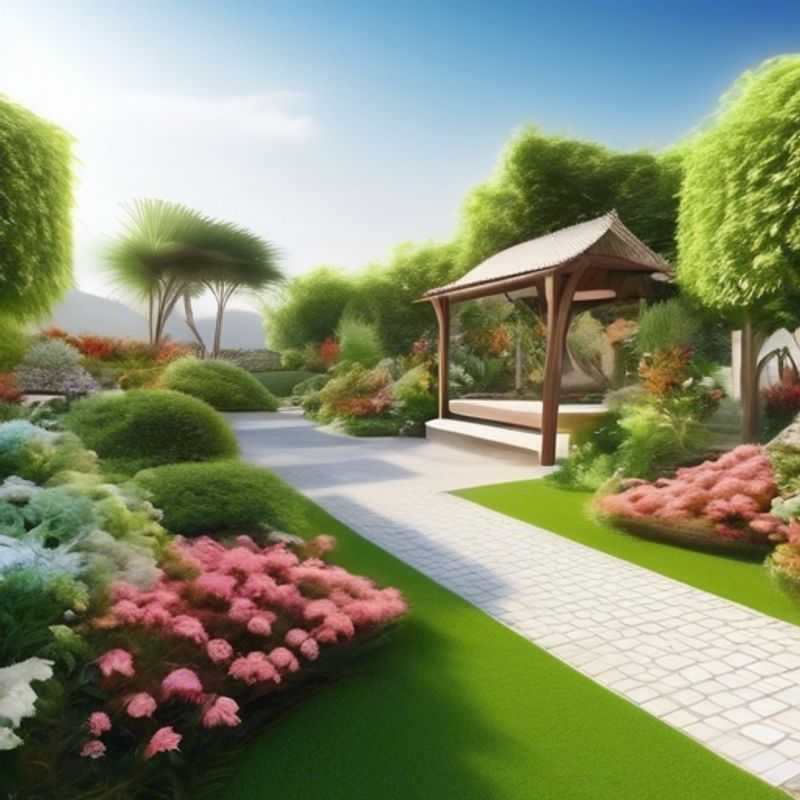
Sunlight and Plant Selection: Matching Your Garden to the Right Plants
Before you head to the garden center, it's crucial to understand the amount of sunlight your garden receives. This will determine which plants will thrive and which will struggle. Sunlight requirements vary greatly between plant species.
You can roughly classify your garden into three categories: full sun (at least 6 hours of direct sunlight daily), partial sun (3-6 hours of direct sunlight), and shade (less than 3 hours of direct sunlight). Observing your garden throughout the day, especially during different seasons, will provide you with a clear picture.
Once you understand the sunlight conditions, you can choose plants that will thrive in your garden. There are countless resources available online and at garden centers to help you find the perfect plants for your specific needs. Consider using a sun-tracking app to get a more accurate assessment of your garden's sunlight exposure.
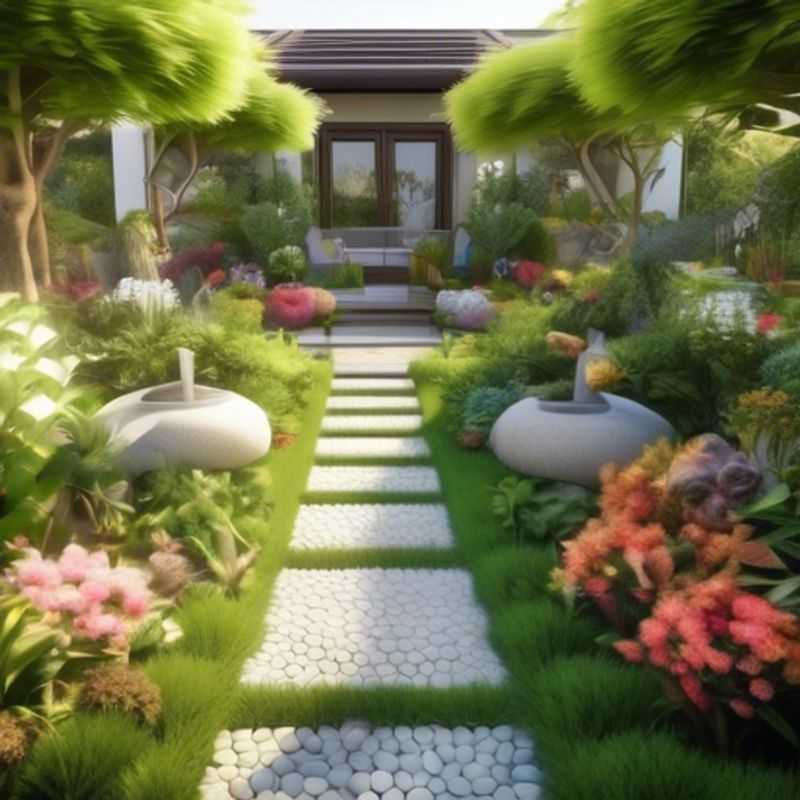
Low-Maintenance Landscaping: Design for Easy Care and Enjoyment
Designing a low-maintenance landscape can save you time, money, and effort in the long run. Here are some key strategies for incorporating low-maintenance plants and features into your outdoor space:
Plant Selection: Choose plants that are native to your region and require minimal watering and upkeep. Succulents, grasses, and groundcovers often thrive with little intervention. Consider drought-tolerant species like lavender, yucca, and sage.
Mulching: Apply a layer of organic mulch around your plants to retain moisture, suppress weeds, and regulate soil temperature. Mulch can be made from wood chips, bark, or shredded leaves.
Watering Systems: Invest in a drip irrigation system for targeted and efficient watering. This method delivers water directly to the roots, minimizing water waste and reducing the need for manual watering. Drip irrigation can save you time and money on water bills.
Hardscape Features: Incorporate hardscape elements like stone paths, patios, and retaining walls to reduce the amount of lawn area needing maintenance. Hardscaping adds visual interest while minimizing the need for mowing and weeding.
Low-Maintenance Lawn Alternatives: Consider replacing traditional lawns with alternative groundcovers like clover, moss, or artificial turf. These options require less mowing, fertilizing, and watering.
Plan for Maintenance: While low-maintenance landscaping requires less upkeep, some routine maintenance is still necessary. Regular weeding, pruning, and fertilizing are important for maintaining plant health and ensuring a thriving landscape.
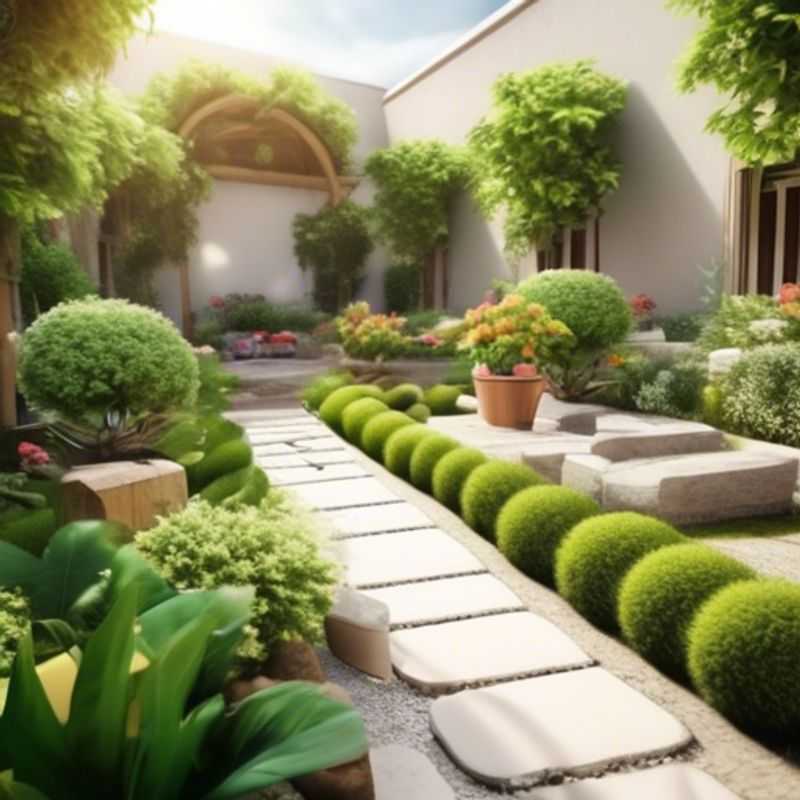
Keep Your Garden Tools Tidy: Planning the Perfect Storage Solution
A well-organized garden tool storage solution saves time, effort, and potentially even money. When planning your storage, consider the size and types of tools you use, how frequently you access them, and your available space. There are numerous options to consider, from simple storage boxes to dedicated sheds.
Storage Boxes: Inexpensive and versatile, storage boxes are perfect for smaller tools. Look for boxes with sturdy handles for easy transport and consider labels for quick identification. Stackable boxes save space and ensure things stay organized.
Small Sheds: If you have a larger collection of tools or need a more permanent storage solution, a small shed can be a worthwhile investment. Sheds offer protection from the elements and provide space for heavier equipment like mowers and tillers. Costs for sheds vary significantly depending on size, materials, and whether you DIY or hire a contractor.
Storage Shelving: Installing shelves within a shed or garage maximizes vertical space. You can use metal shelving units or build your own using affordable lumber. Consider dedicated spaces for specific tool types, like rakes, shovels, or gardening gloves.
Organization is key: Implementing a system like color-coded labels or designated storage locations for specific tools ensures efficient retrieval. Taking the time to organize your tools now saves you valuable time and frustration later.
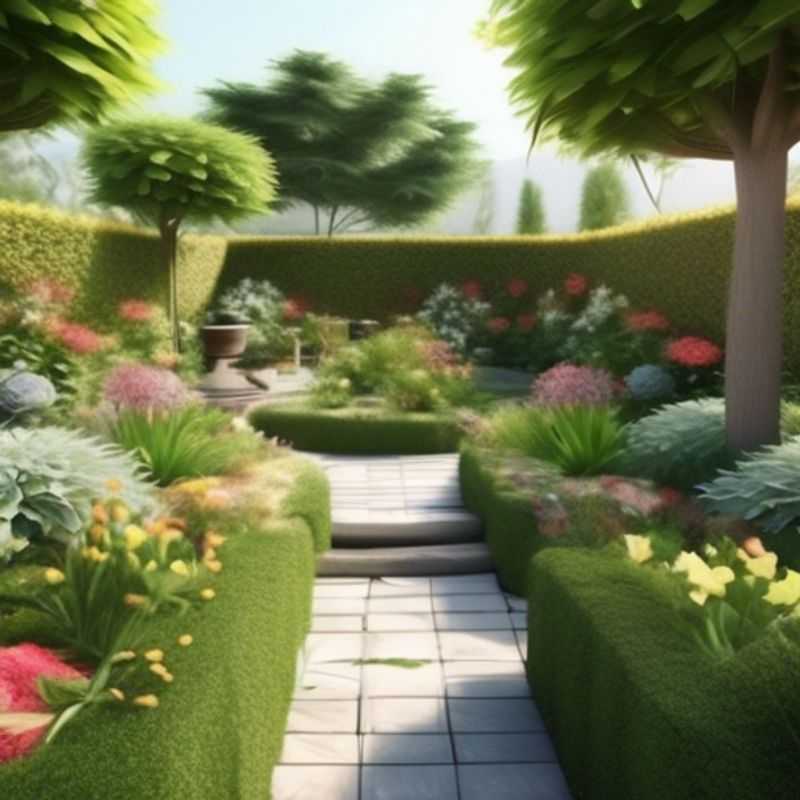
Designing Cohesive Outdoor Spaces: Pathways, Seating, and Water Features
Incorporating elements like pathways, seating areas, or water features can significantly enhance the visual appeal and functionality of any outdoor space. These elements work in harmony to create a cohesive design, inviting people to explore and enjoy the area.
Pathways serve as the primary routes for movement, guiding visitors through the landscape. They can be paved with materials like stone, brick, or gravel, creating a visual flow and defining the space.
Seating areas provide comfortable spots for relaxation and contemplation. They can be integrated seamlessly with pathways, creating natural gathering points. Choosing appropriate materials and styles for seating will complement the overall design theme.
Water features add a calming and refreshing element. Waterfalls, ponds, or fountains can create a visual focal point, drawing attention and promoting relaxation. They can be integrated with the landscape to create a more natural and integrated feel.
When planning these elements, consider the size and scale of the space, the desired atmosphere, and the budget. Professional landscape designers can offer valuable expertise in creating a cohesive and visually appealing design that meets your specific needs and preferences.
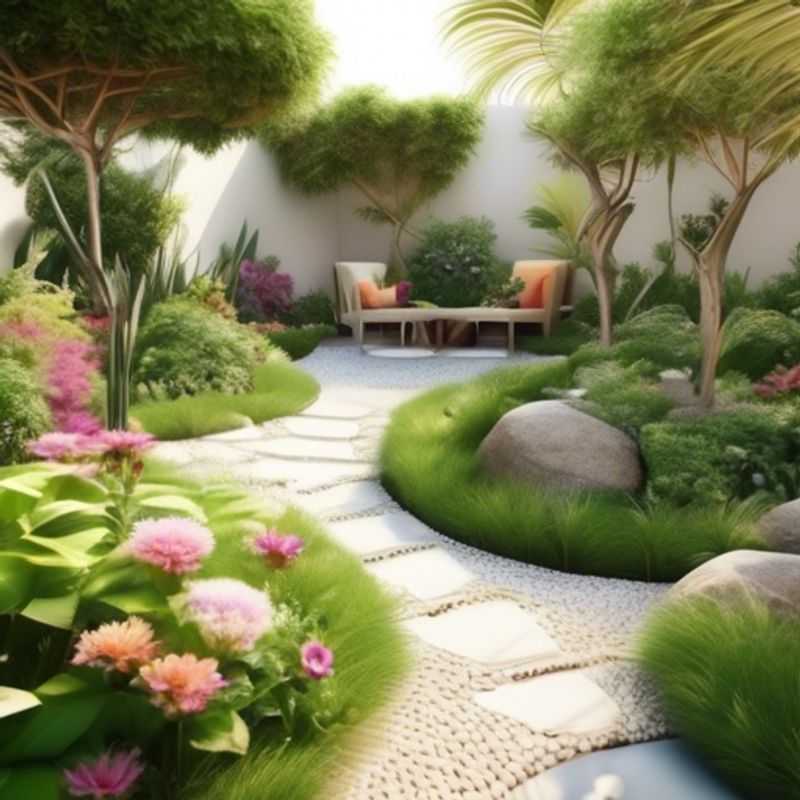
Maximize Your Small Garden: Consult with a Pro for Practical and Sustainable Design
Consulting with a local gardening expert or landscape designer is a crucial step in creating a successful small garden. They can provide invaluable insights on how to maximize space, select appropriate plants, and create a design that is both aesthetically pleasing and sustainable.
Here are some key benefits of consulting with a professional:
1. Site Analysis and Design: A professional can assess your garden's soil, sunlight, and microclimate conditions to create a design that aligns with your specific needs. This includes choosing plants that thrive in your area and minimizing the need for excessive watering and maintenance.
2. Plant Selection and Placement: A gardening expert can advise on choosing plants that are suitable for your garden's size, lighting, and soil conditions. They can help you select plants with different textures, colors, and blooming periods to create visual interest throughout the year.
3. Sustainable Practices: Professional landscape designers are knowledgeable about sustainable gardening techniques, such as water conservation, organic pest control, and using native plants. They can incorporate these practices into your design to create a low-maintenance and environmentally friendly garden.
4. Budget Considerations: A professional can help you create a realistic budget for your garden design, factoring in costs for plants, materials, and labor. They can advise on cost-effective solutions and help you prioritize your spending based on your needs and preferences.
5. Time-Saving: Consulting with a professional can save you significant time and effort in the long run. They can handle the design, plant selection, and installation, allowing you to enjoy the fruits of their labor without the hassle.
Cost Considerations: The cost of consulting with a gardening expert or landscape designer can vary depending on their experience, location, and the scope of your project. It is generally advisable to get quotes from multiple professionals before making a decision.
Remember, investing in professional guidance upfront can pay off in the long run, ensuring a beautiful, sustainable, and functional garden for years to come.
